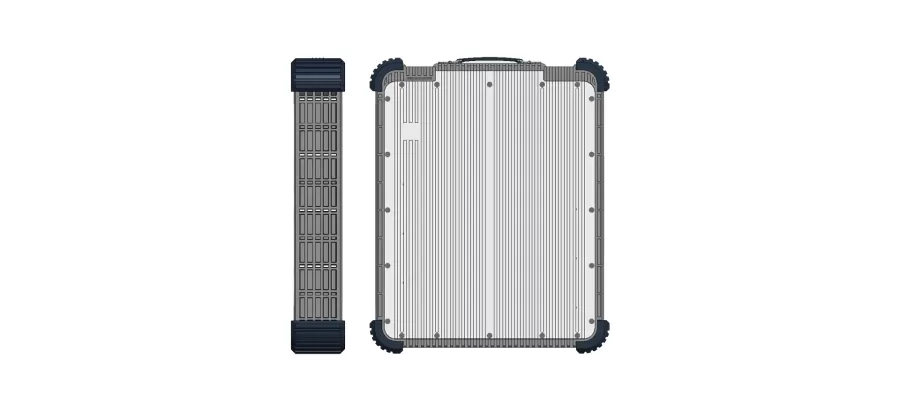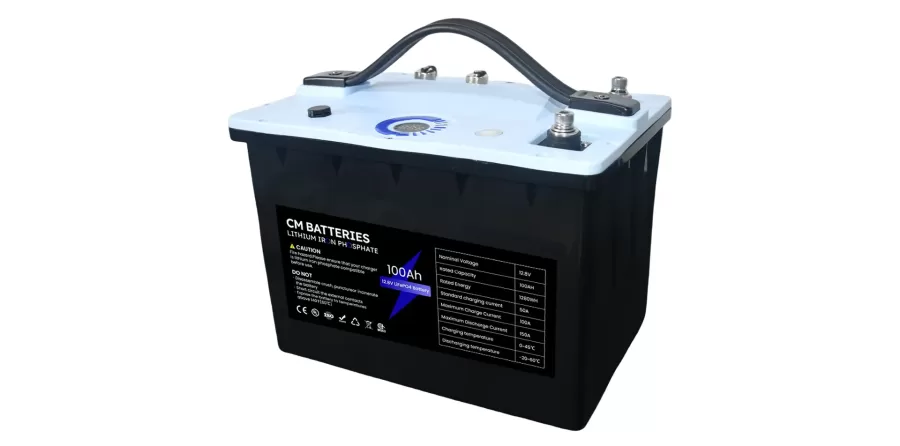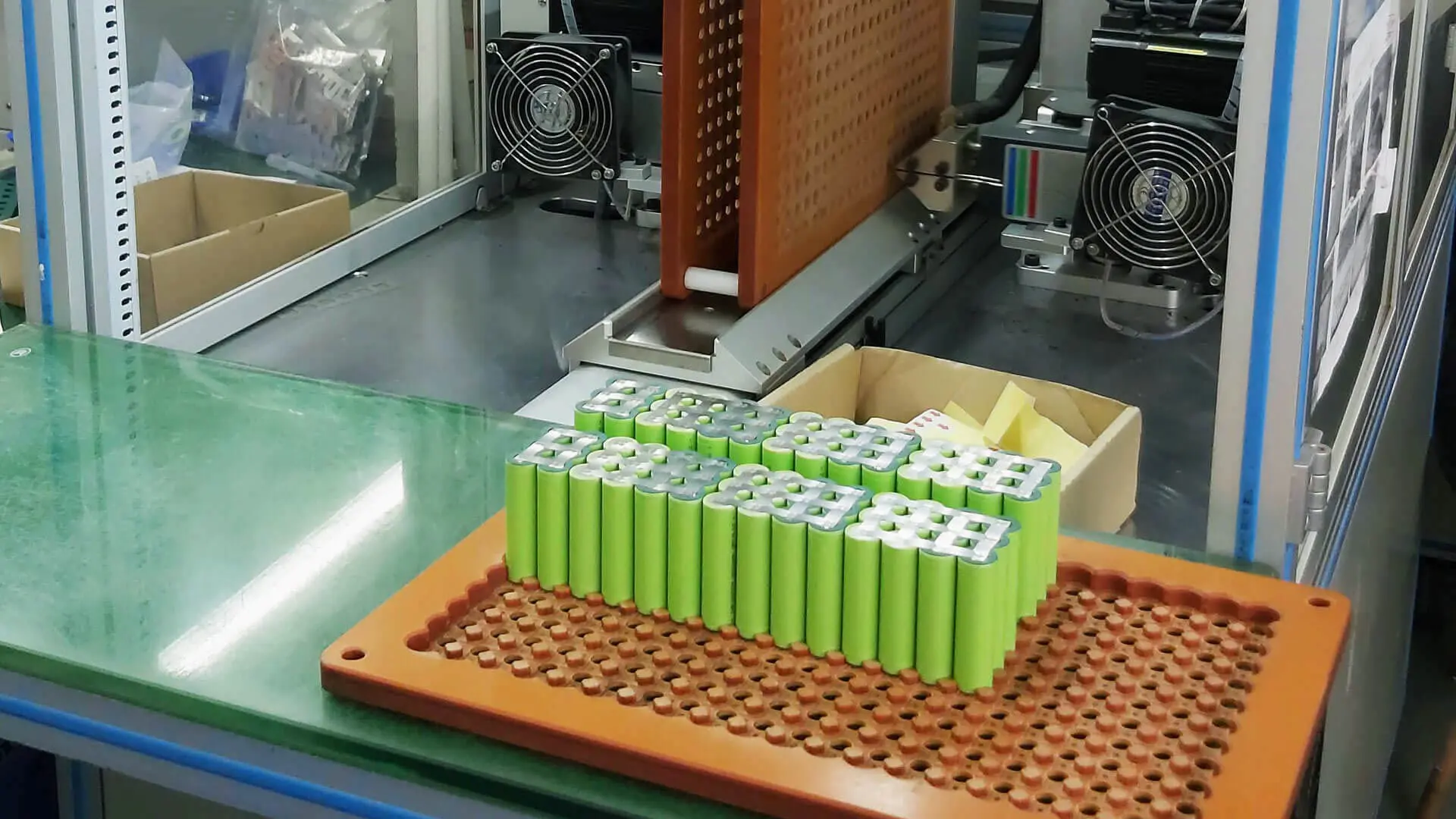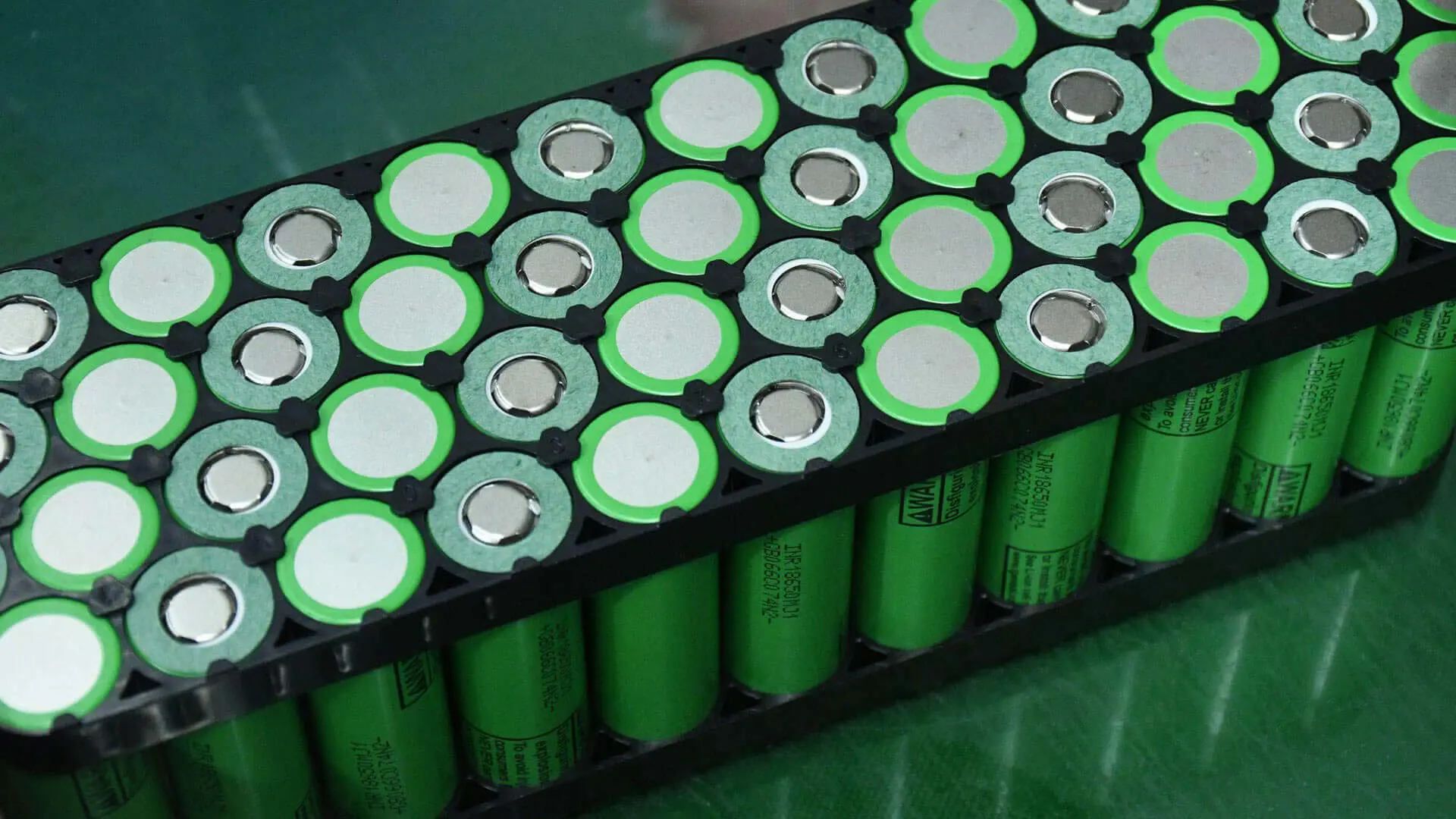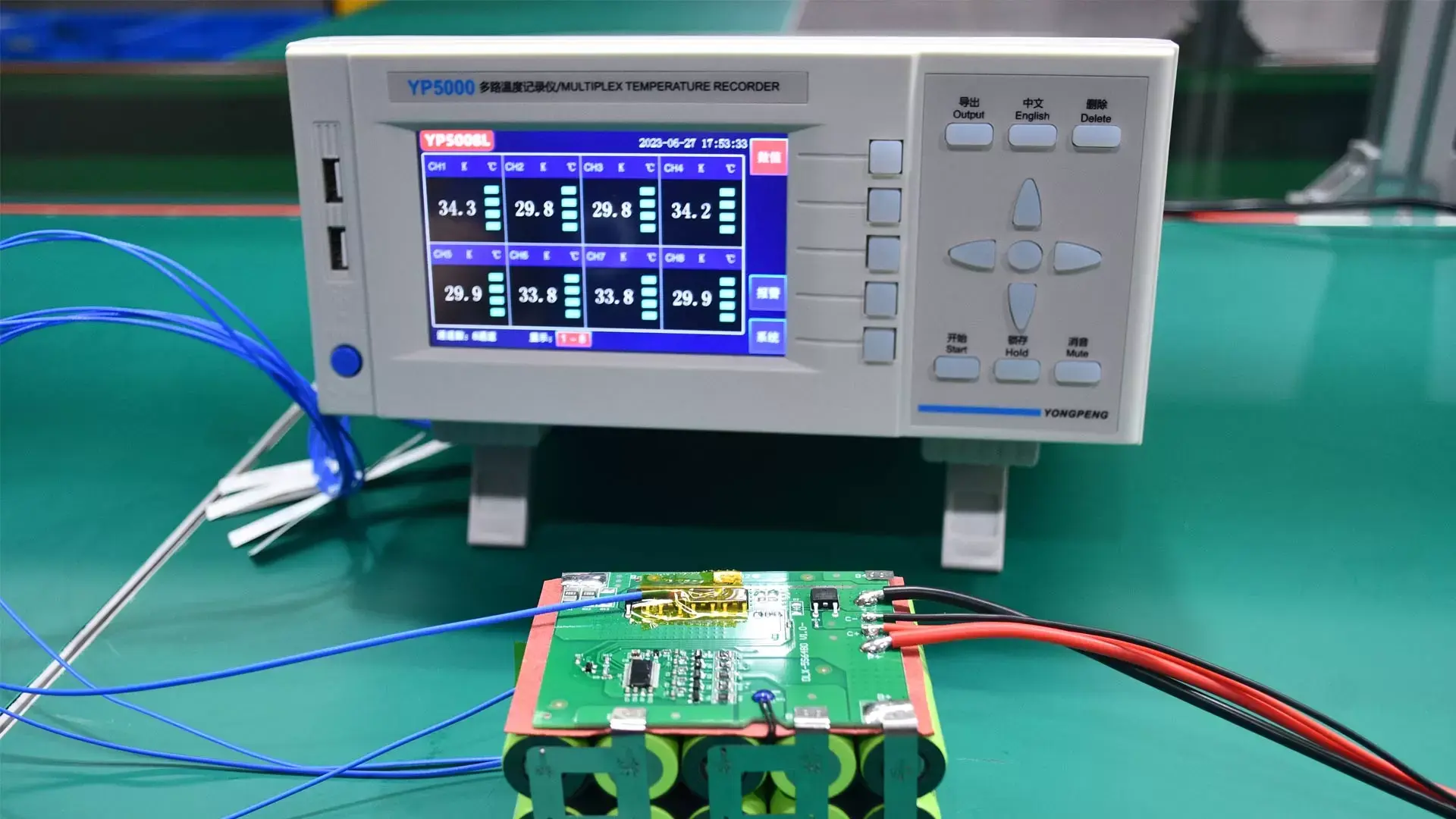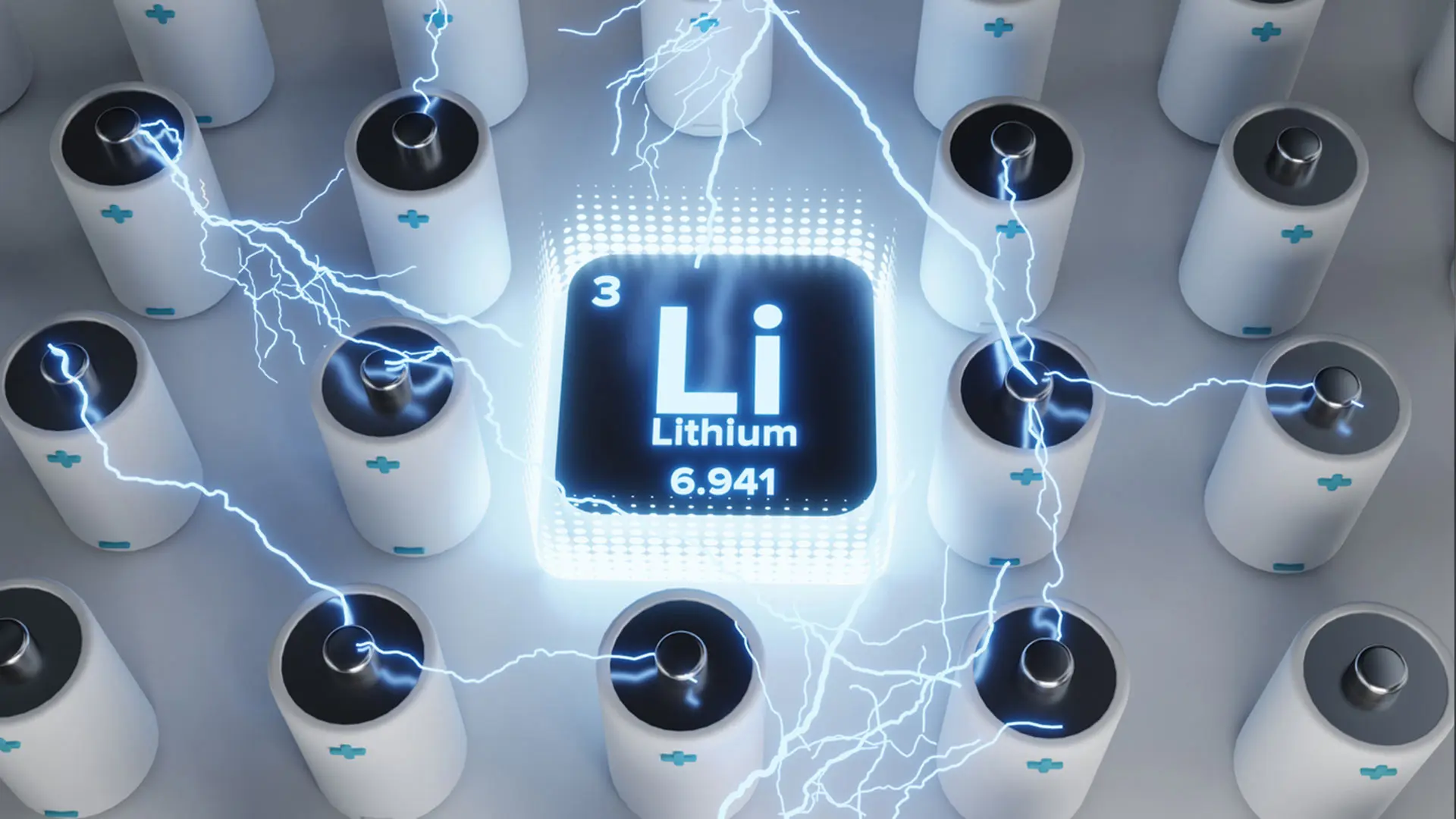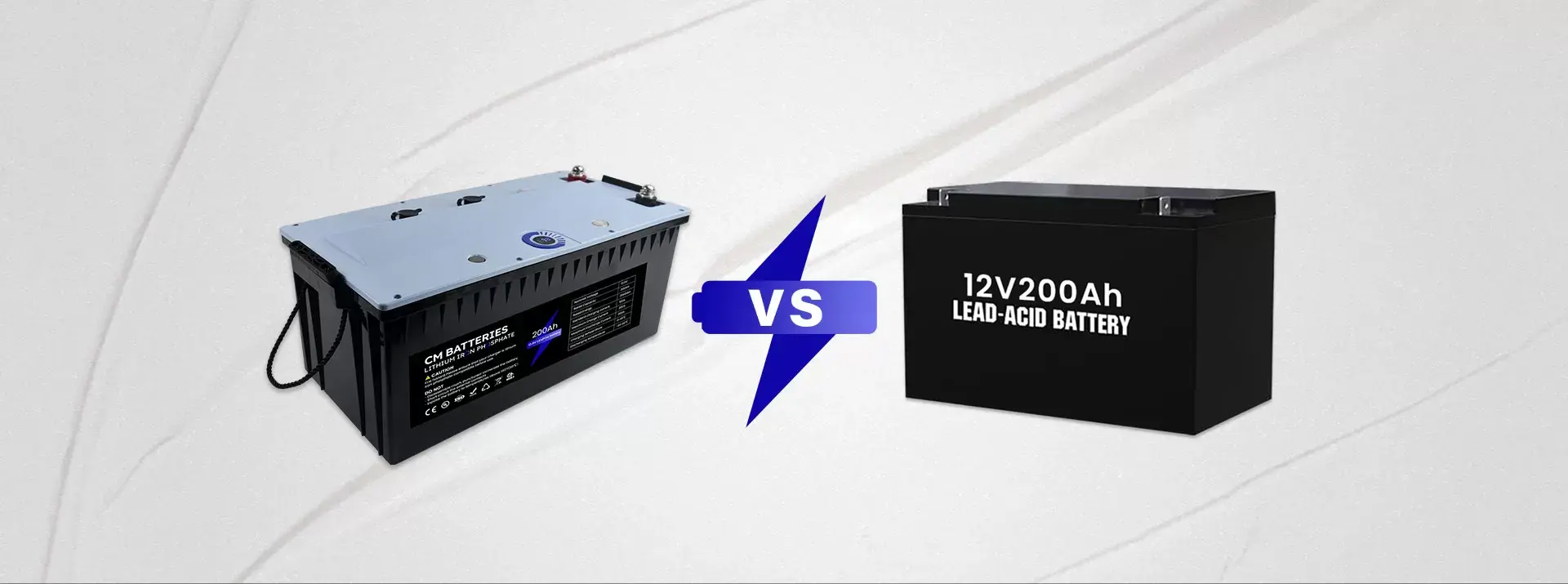If you are new to the field and having trouble with the lithium battery calculator, don’t worry! Here are some guides to gain more knowledge about the lithium battery calculator.
With this guide, I believe it will help you avoid wasteful undercapacity or overdesign, find the best match for your device’s voltage, current, discharge time, and range needs, etc., and never need to rely on a Li-ion battery calculator again.
Understanding Battery Capacity, Voltage, and Wattage
To begin with, it’s essential to determine the capacity, voltage, and wattage of your battery pack solution. Without this information, we won’t be able to proceed to the next step.
The battery capacity calculator is the amount of energy that it can store. A battery’s capacity is named in amp hours (Ah) or mAh(1Ah=1000mAh), which is a measure of electrical current over time.
One amp hour means one amp of current flowing for one hour. The higher the Ah, the longer the working time of the battery will last. A 100Ah battery will then provide 100 amps for 1 hour, or 10 amps for 10 hours.
Battery energy calculations, on the other hand, quantify the amount of energy a battery can provide, usually in Wh or kWh, combining power (watts) and time (hours). For example, a 100 Wh battery provides 100 watts for 1 hour or 50 watts for 2 hours.
It is important to note that people often confuse battery capacity with battery energy. If you need to recognize them well, battery capacity is like a bucket; how much water it can hold (power) is its capacity.
Battery energy is like the total energy of the water in the bucket, which depends not only on the amount of water, but also on the pressure of the water (voltage). Their previous connection is complementary. A battery with high capacity does not necessarily have high energy, and vice versa.
Use the following formula for the lithium battery amp-hour and Wh calculator:
Battery capacity (Ah/mAh) = Wh (power×operating time)÷Voltage (V) = Continuous discharge current (A)×Operating time (h)
Battery energy (Wh) = Capacity (Ah)×Voltage (V)
For example :
The voltage of the battery is 36V, and it should support the device’s work for over 2 hours. The continuous discharge current is 10 amps, and the peak continuous discharge current is 20 amps. For battery Ah and Wh calculation:
The minimum capacity is the continuous discharge current 10 amp X 2 hours = 20Ah.
Battery energy = 20Ah x 36V = 720Wh.
Theoretically, it can provide 720W of power for 1 hour of continuous use or 360W for 2 hours of continuous use. If the device is 360W, then 720Wh will support about 2 hours of use. Or the watt of the bike is from 24V 350W ~450W, and it should support the device to work for over 2 hours.
According to the maximum power of 450W, the battery capacity is 450W ÷ 24V X 2 hours = 37.5Ah.
Battery energy = 37.5Ah x 24V = 900Wh, can support a 450W e-bike for about 2 hours.
If you would like the battery to have a longer-lasting time, increase the Ah rating.
Lithium Battery Size Calculator
The battery size calculator is how much energy is stored. The common lithium cell size data is as below:
Different brands of lithium cells have different size scopes.
The battery pack size calculator depends on the capacity.
For instance, if you require a 43.2V 40Ah 12S10P 21700 lithium battery for the electric surfboard, the battery Pack Dimension is calculated as follows:
43.2V 40Ah 21700 Battery Pack for the electric surfboard
- Length: 14 x 21.3mm = 298.2mm
- Width: 10 x 21.3mm = 213mm
- Height: 72mm (Add red paper)
Based on the above calculations, the complete battery size calculator is 305X238X72(mm).
Battery Consumption Calculator
Each battery has a consumption rate, which is typically between 0.2% and 5% for lithium batteries. To ensure optimal performance, it’s crucial to charge the battery pack every 3 months. Factors such as battery pack design, BMS, materials, and storage environment affect the battery consumption calculator.
1A=1000mA, 1mA=1000μA
For example, a 5Ah battery with a daily consumption rate of 500μA would last approximately 250 days before being fully depleted.
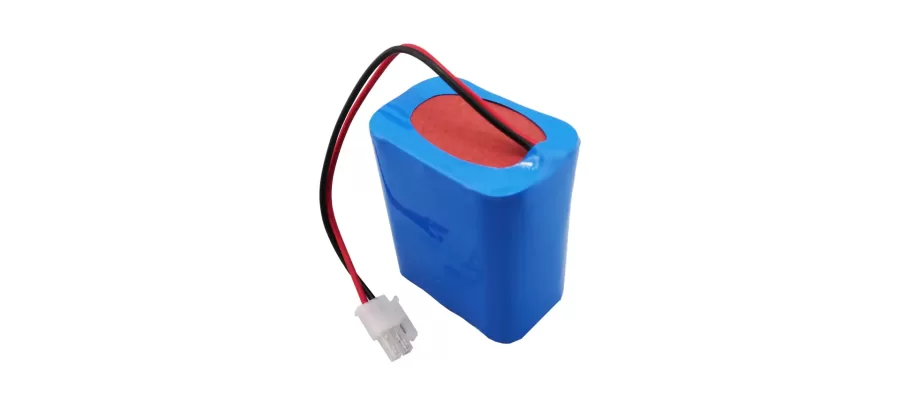
When the battery capacity is less than 50% before the storage, we should charge the battery every 3 months; When the battery is less than 90% before the storage, we should charge the battery every 6 months.
Battery Discharge Time Calculator
The battery discharge time calculator helps determine how long a battery will last during operation. The formula is as follows:
Discharge time (hours)=Battery Capacity (Ah)÷Load Current (A)
Please note that the working temperature and environment can affect the load current and, consequently, the battery discharge time. To account for these factors, use the adjusted formula:
Discharge time (hours)=Battery Capacity (Ah) x 0.8(Cardinal Ratio) ÷ Load Current (A)
For instance, for a 12V 100Ah LiFePO4 battery pack with a load current of 50A and an environmental temperature of 35°C:
- Discharge time (hours) = Rated capacity x Rate discharge capacity x (1 + 0.006 x Temperature cardinal ration x (Environment temperature – Standard discharge temperature))÷ Load current
- Discharge time (hours) =(100Ah x 0.8) x (1 + 0.006 x 1 x (35°C – 25°C)) ÷ 50A
- Discharge time (hours) = 1.696 hours
Precautions:
- In the actual discharge process, the load current gradually increases and is not constant. The discharge duration must be different from the calculated one. The current is larger, the discharge time is shorter under the same capacity.
- The battery capacity will decrease and should be calculated using the actual capacity after long use. In the initial stage, rated capacity can be used for calculation.
- If varying discharge levels prevent the battery from charging fully, the system will calculate a different runtime.
Battery Charge Time Calculator
Use the following formula to calculate charging time:
Charge time (hours) = Battery capacity (Ah) ÷ Charge current (A) x 1.5 (Cardinal Ratio)
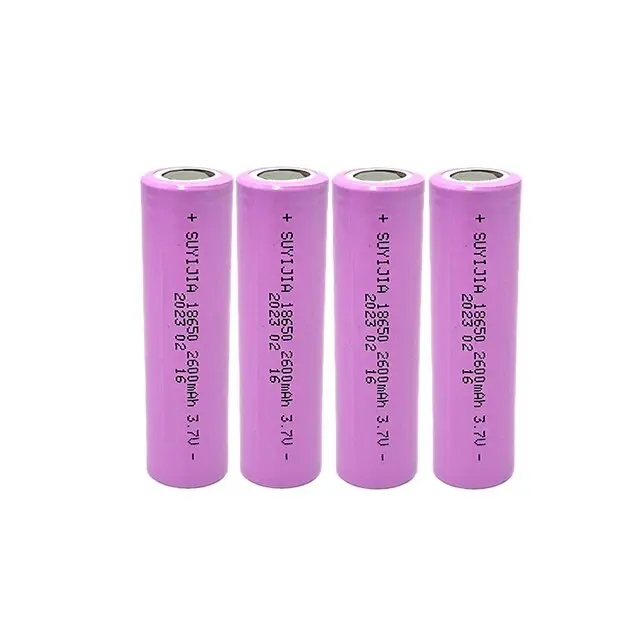
For example, if you have a 3.7V 2600mAh high-temperature li-ion battery with a capacity of 2.6Ah and a charge current of 1A.
The battery time is 2.6Ah÷1A x 1.5=3.9 hours.
Precautions:
- When we charge the lithium-ion battery, it is best to choose the dedicated li ion charger from the factory, otherwise, it will affect or damage the li ion battery packs.
- The lithium-ion batteries are generally equipped with corresponding constant current chargers. This lithium-ion battery charger controls the charging time of the lithium-ion battery by using a full power indicator light. When the battery is fully charged, an alarm signal will be emitted.
- Lithium-ion battery charge temperature range: 0~45 degrees Celsius. If you have a special charge environment, please share your specific charge temperature with the battery pack manufacturer.
- Lithium-ion batteries must be prevented from overcharging during the charging process. Overcharging of lithium-ion batteries will cause serious damage to battery performance or even an explosion.
Conclusion
Lithium-ion batteries are a professional industry and product. Choosing the right battery pack is not only related to the operating hours of the device, but also affects the overall performance and usage experience. Whether you are new to lithium battery systems or are looking for an efficient, cost-effective battery solution for your project, accurate battery pack parameter calculations are a critical step.
To help you make a faster, more professional choice, CM Batteries offers you a free battery calculator for any type of battery, allowing you to quickly obtain recommended battery capacity (Ah), energy (Wh), size specifications, and other key parameters by simply entering key information. Start your journey to a customized battery solution!


